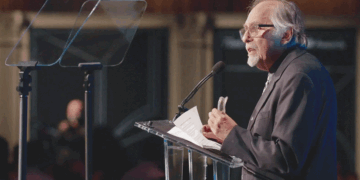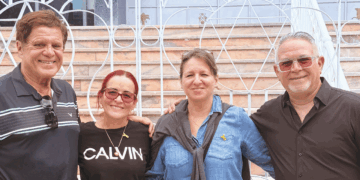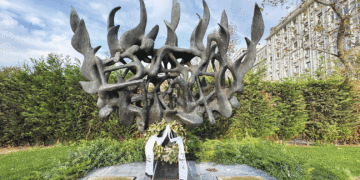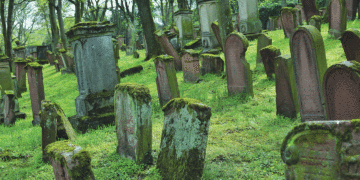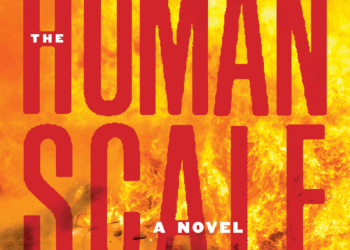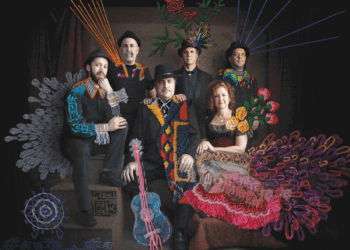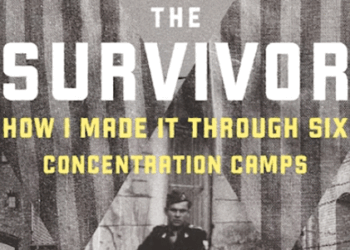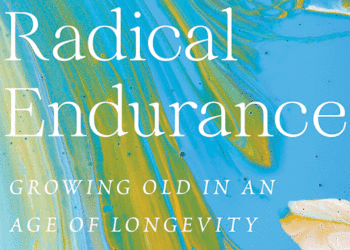The Golden Age Shtetl: A New History of Jewish Life in East Europe, by Yohanan Petrovsky-Shtern, Princeton, 431 pages, $29.95
Reviewed by NEAL GENDLER
The shtetl had a Golden Age? Who knew?
Few of us, which is what Yohanan Petrovsky-Shtern seeks to correct in The Golden Age Shtetl. The book says that during its 50-year “golden age,” the shtetl was a bustling center of trade — not the pit of pessimism, poverty and pogrom depicted by Fiddler on the Roof, later Yiddish writers and late 19th-century photos.
Not only that, but “Jews in the shtetl were quite the opposite of those meek, short, narrow-shouldered, nearsighted, hunched-over, physically inept images we find in memoirs and travelogues and prose narratives,” says Petrovsky-Shtern, professor of Jewish studies at Northwestern University.
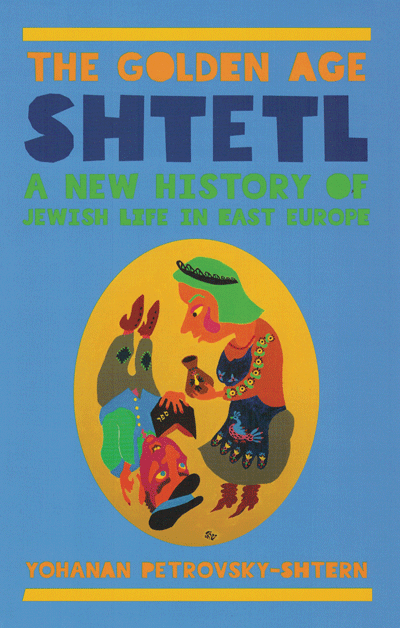 “The well-fed and able-bodied Jews of early 19th-century Ukraine combined the mental qualities of urban dwellers and the corporeal capabilities of peasants,” he says. How else to haul, handle and protect crates of goods, barrels of wine and horses and cattle in which many traded?
“The well-fed and able-bodied Jews of early 19th-century Ukraine combined the mental qualities of urban dwellers and the corporeal capabilities of peasants,” he says. How else to haul, handle and protect crates of goods, barrels of wine and horses and cattle in which many traded?
These Jews “did not hesitate to use their physical strength to defend their independence or professional dignity or defy those in power.”
The shtetl lacks precise definition, the author says, but he cites a description of Korsun as too big to be a village and too small to be a city in what became the Pale of Jewish Settlement, western territories Russia gained — along with about 1 million Jews — after the partition of Poland.
A shtetl typically was a town owned by a Polish magnate, subject to Russian bureaucracy, and inhabited heavily by Jews who were obliged to bring in trade and to trade in liquor, the author says. “The liquor business shaped the shtetl industry, trade and finance.” Jews ran inns and taverns. “Vodka became the shtetl’s source of energy. Its steady flow was responsible for most of the town’s economic well-being.”
In the “golden age,” from the 1790s to 1840, shtetls had a “unique semi-rural, semi-urban nature.” Jews “were the doers,” dominating trade by producing or importing goods they sold in markets that “prefigured all-in-one department stores,” the author says. Regular trade fairs attracted crowds of merchants and shoppers.
Jewish homes often lined the marketplace, some opening into it. Households included animals such as chickens, goats and cows. Jewish presses printed religious books increasingly colored by Hasidism.
“Multicultural and highly interactive localities,” shtetls “depended above all on the marketplace and money,” Petrovsky-Shtern says. And, contrary to later portrayals, the period’s enlightened rulers considered shtetls valuable assets and their Jews loyal subjects.
While often rough places with rivalries, lawsuits and fights, this period’s shtetls didn’t suffer pogroms; those came in the 1880s, after shtetls had been squeezed into our rundown stereotype by industrialization and short-sighted, dysfunctional Russian control.
The shtetl was “a triangle of power, shared by Poles, Jews and Russians,” the author says. Removing any side collapsed it into poverty.
Russia turned against Polish owners; evicting Jews from rural areas closed Jews’ taverns and took away Polish owners’ incomes. An 1894 state liquor-trade monopoly forced Jews out, making “hundreds of thousands of Jewish families destitute overnight.”
Increasingly restrictive trade laws, tariffs and state corruption created need for smuggling, counterfeiting duty stamps and payoffs.
“By the 1850s, the shtetl was no longer a center of trade in French, Prussian and Austrian goods,” Petrovsky-Shtern says. The port of Odessa “had replaced them all.”
And as shtetl economy began to crumble, state-sponsored xenophobia grew, turning against Jews.
Petrovsky-Shtern’s 27-page introduction provides an historical overview. Details are organized into topical chapters such as “lawless freedom,” trade, liquor, crime and punishment, family life and books, which creates some overlap and repetition. I’d have edited some sentences more tightly.
But the author’s 15 years of research, 355 pages of lively writing and archival photos more than achieve his goal of recreating “a three-dimensional, colorful and picturesque shtetl.”
And defying another stereotype, “the golden age shtetl was entirely matriarchal,” Petrovsky-Shtern says. Jewish women ran the household and often the daily business. “The Jewish family was patriarchal in men’s imaginations only.”
As if that’s news.
***
Neal Gendler is a Minneapolis writer and editor.
(American Jewish World, 5.9.14)


